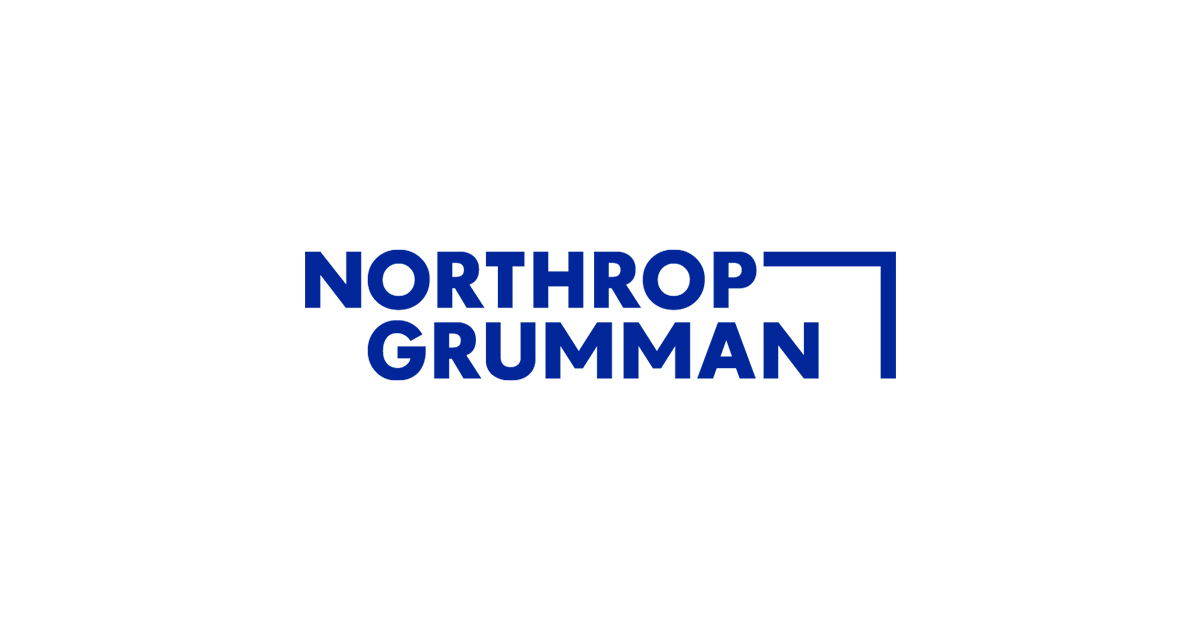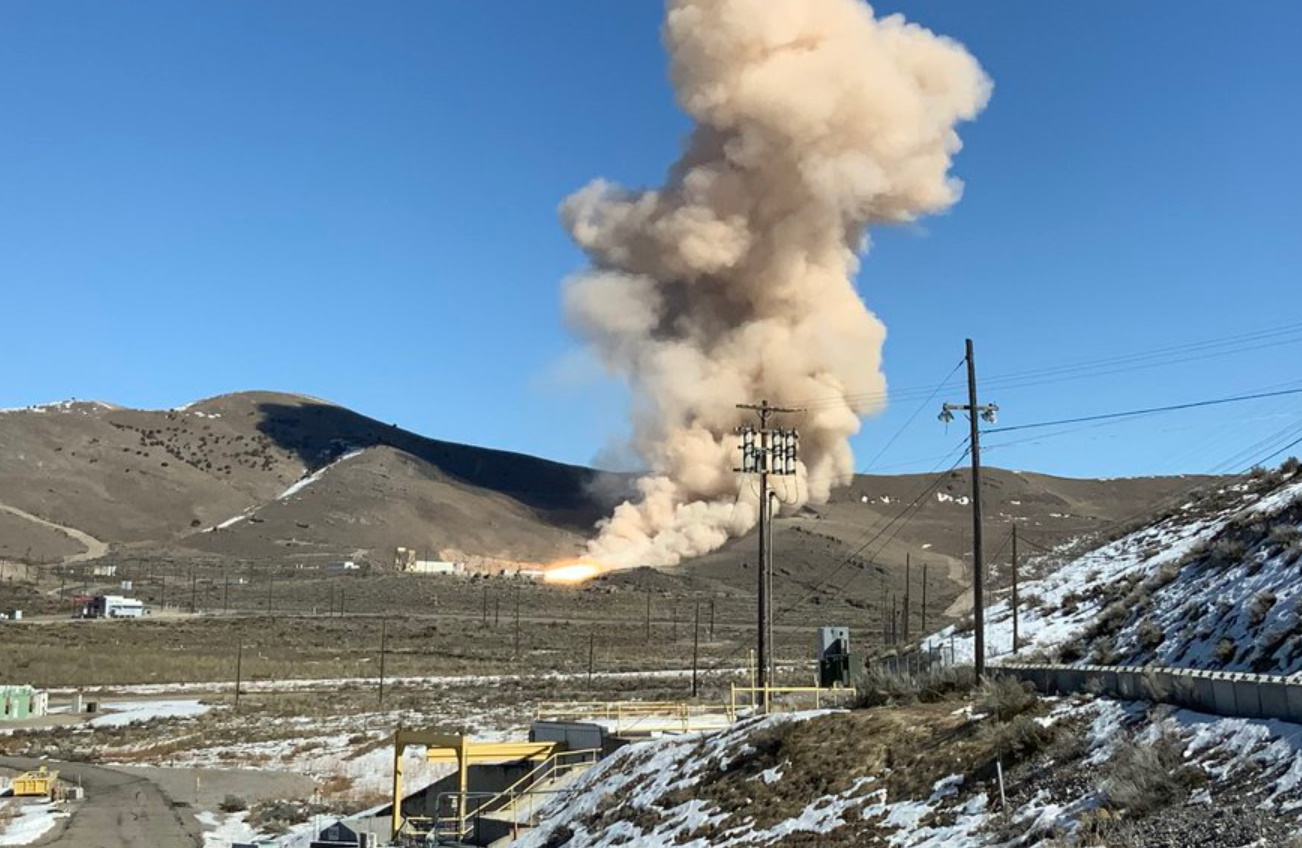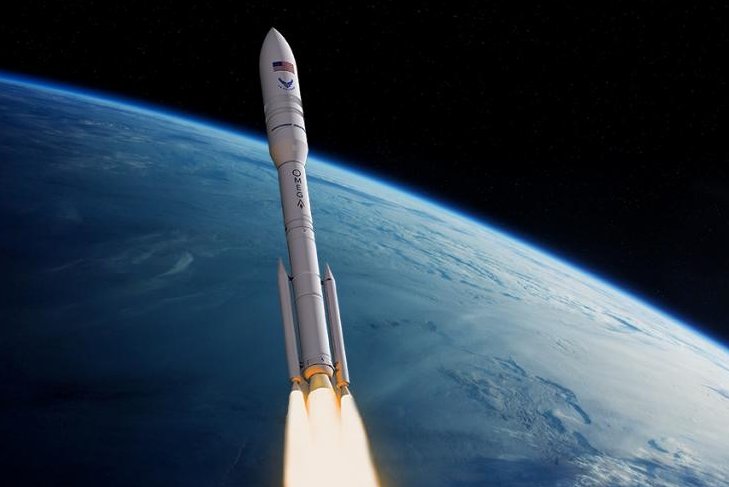DULLES, Va. – Dec. 12, 2019 – Northrop Grumman Corporation (NYSE: NOC) announced that Saturn Satellite Networks has selected the OmegA space launch vehicle to launch up to two satellites on the rocket’s inaugural flight scheduled for spring 2021. OmegA will launch from Kennedy Space Center’s Pad 39B and insert the SSN satellites into a geosynchronous transfer orbit.
“The OmegA rocket expands Northrop Grumman’s launch capabilities beyond our small and medium class rockets, which have successfully launched nearly 80 missions,” said Scott Lehr, vice president and general manager, flight systems, Northrop Grumman. “Expanding the company’s launch capabilities to the intermediate/heavy class with OmegA complements our national security satellite portfolio and enables us to better support our customers.”
Jim Simpson, CEO of Saturn, said, “We are excited to launch Saturn’s NationSat on Northrop Grumman’s OmegA launch vehicle’s inaugural mission. OmegA’s performance, payload accommodations, and rigorous certification program assures us it is a great fit for NationSats and our customers.”
Last October, the U.S. Air Force awarded Northrop Grumman a $792 million Launch Services Agreement to complete detailed design and verification of the OmegA launch vehicle and launch sites.
“The first flight of OmegA is a key step in our certification process for the U.S. Air Force National Security Space Launch program,” said Charlie Precourt, vice president, propulsion systems, Northrop Grumman. “Having Saturn’s NationSat on board for this mission further demonstrates the versatility of OmegA to serve other markets including commercial and civil government.”
Precourt continued, “Our customer’s mission comes first, whether OmegA is launching a commercial satellite or a national security payload. At the end of the day, we deliver the customer’s spacecraft where it needs to go.”
“Northrop Grumman designed OmegA to use the most reliable propulsion available—solid propulsion for the boost stages and flight proven RL10 engines for the upper stage—to ensure exceptional mission assurance for our customers,” Precourt added. “Northrop Grumman’s technical expertise is both broad and deep, and we bring unmatched experience, stability and a strong customer focus to every partnership.”
Northrop Grumman has a distinguished heritage in space launch. In 1990, the company developed Pegasus™, the world’s first privately developed space launch system. The company’s Minotaur launch vehicle has achieved 100 percent success on its 18 space missions and nine suborbital missions. Northrop Grumman’s AntaresTM rocket has launched more than 70,000 pounds of food, equipment and supplies to the astronauts aboard the International Space Station.
Northrop Grumman is a leading global security company providing innovative systems, products and solutions in autonomous systems, cyber, C4ISR, space, strike, and logistics and modernization to customers worldwide. Please visit news.northropgrumman.com and follow us on Twitter, @NGCNews, for more information.







